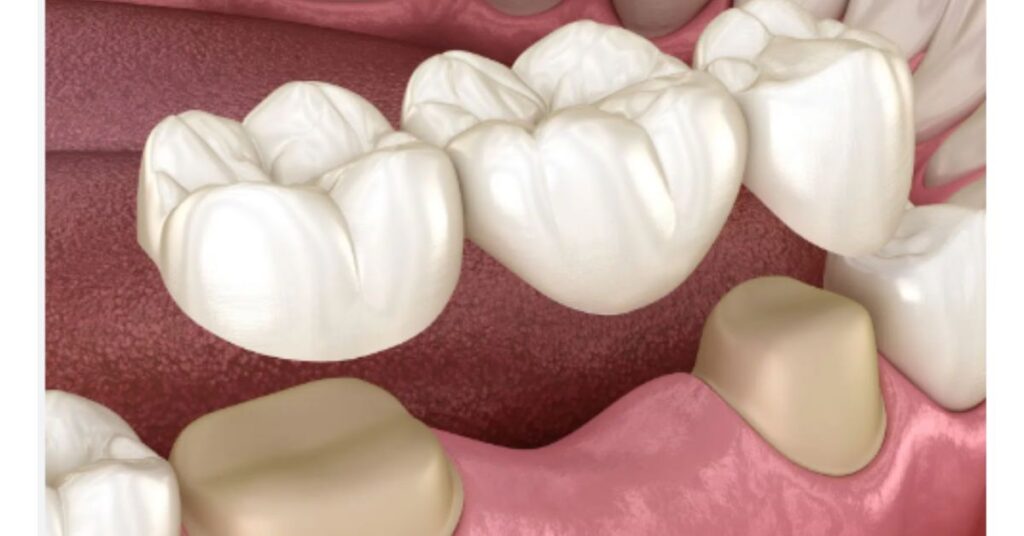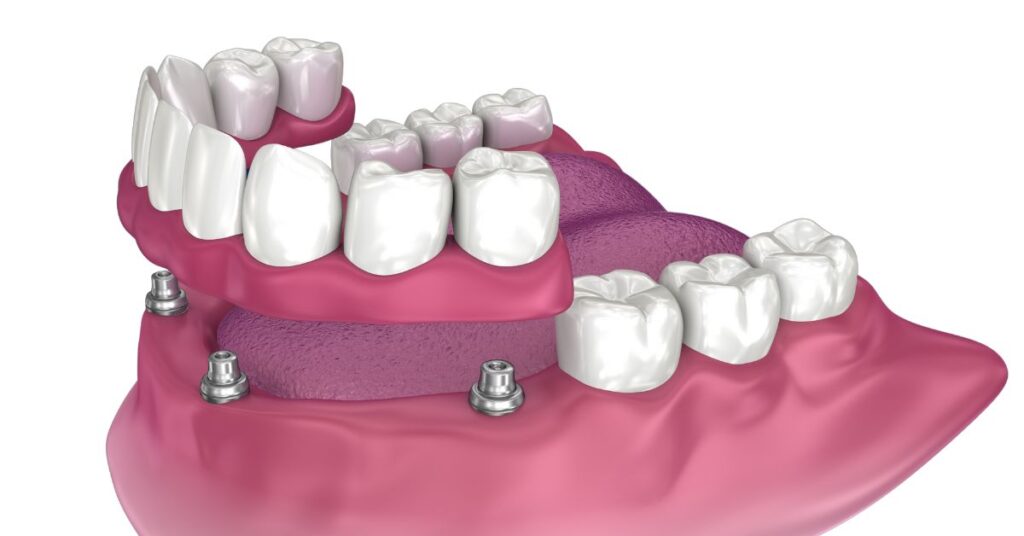
Introduction
The Importance of a Radiant Smile
Your smile is one of the first things people notice about you. It’s a powerful tool that can boost your confidence, make a great first impression, and even improve your overall well-being. But when you’re missing teeth, it can be a real blow to your self-esteem and quality of life.
Consequences of Missing Teeth
Aside from the obvious cosmetic concerns, missing teeth can also lead to serious oral health issues. When you have a gap in your smile, the surrounding teeth can shift out of place, causing misalignment and bite problems. Additionally, the jawbone in the area of the missing tooth can start to deteriorate, leading to further tooth loss and even changes in your facial structure.
Overview of Missing Tooth Options
Fortunately, modern dentistry offers a variety of solutions to replace missing teeth and restore your smile. From dental implants to bridges and dentures, there’s an option to suit every budget and lifestyle. In this comprehensive guide, we’ll explore the pros and cons of each missing tooth replacement option, so you can make an informed decision and regain your confidence.
Dental Implants: The Gold Standard

What Are Dental Implants?
Dental implants are widely regarded as the gold standard for tooth replacement. They consist of a titanium post that’s surgically implanted into your jawbone, topped with a custom-made crown that looks and functions just like a natural tooth.
The Dental Implant Procedure
Getting dental implants is a multi-step process that typically takes several months to complete. First, your dentist will surgically place the implant post into your jawbone. Over the next few months, the implant will fuse with the surrounding bone in a process called osseointegration. Once the implant is fully integrated, your dentist will attach the custom-made crown, completing your new tooth.
Benefits of Dental Implants
Dental implants offer a host of benefits over other tooth replacement options. They look, feel, and function just like your natural teeth, allowing you to eat, speak, and smile with confidence. Implants also help preserve your jawbone and prevent further tooth loss. With proper care, they can last a lifetime.
Candidates for Dental Implants
While dental implants are an excellent solution for many people, they’re not right for everyone. You’ll need to have enough healthy jawbone to support the implant, and your overall oral health will be a factor. Your dentist can assess your individual case and determine if you’re a good candidate for implants.
Bridges and Crowns: Traditional Restorations

Dental Bridges: A Non-Surgical Solution
A dental bridge is a prosthetic tooth (or teeth) that’s anchored to the surrounding healthy teeth with dental crowns. Bridges can be a good option for replacing one or more missing teeth in a row, and they don’t require surgery like implants.
Crowns: Enhancing Existing Teeth
In addition to being used to support dental bridges, crowns can also be used to cap and protect damaged or weakened teeth. A crown completely encases the visible portion of the tooth, restoring its shape, strength, and appearance.
Bridges vs. Dentures: Factors to Consider
When weighing your options for replacing missing teeth, you may need to choose between a bridge or dentures. Bridges are a permanent solution that’s anchored to your existing teeth, while dentures are removable appliances. Bridges tend to be more expensive upfront, but they can last for many years with proper care. Dentures may need to be replaced more frequently, but they’re often a more affordable initial investment.
All-on-Four Implant-Supported Dentures

What Are All-on-Four Implants?
All-on-four implants are a unique solution for people who are missing all or most of their teeth on one arch (upper or lower jaw). Instead of individual implants for each tooth, this system uses just four strategically placed implants to support a full arch of replacement teeth.
The All-on-Four Procedure
During the all-on-four procedure, your dentist will place four implants – two towards the front of your jaw and two towards the back. Once the implants have fully integrated with your jawbone, your dentist will attach a full arch of prosthetic teeth, giving you a brand-new, permanent smile.
Benefits of All-on-Four Implants
All-on-four implants offer the stability and functionality of traditional implants, but with fewer implant posts required. This can make the procedure more affordable and less invasive than getting individual implants for each missing tooth.
Longevity and Maintenance
With proper care and maintenance, all-on-four implants can last for many years or even decades. You’ll need to practice excellent oral hygiene and visit your dentist regularly for check-ups and cleanings to ensure the longevity of your new smile.
Removable Complete Dentures
Understanding Complete Dentures
Complete dentures are a removable appliance that replaces an entire arch of missing teeth. They consist of a plastic or acrylic base that’s molded to fit snugly over your gums, with artificial teeth attached.
The Process of Getting Complete Dentures
Getting complete dentures typically involves several appointments with your dentist. First, they’ll take impressions and measurements of your mouth to create custom dentures that fit properly. Once the dentures are ready, your dentist will make any necessary adjustments to ensure a comfortable, secure fit.
Pros and Cons of Complete Dentures
Complete dentures can be an affordable solution for people who are missing all or most of their teeth. They’re also removable, which some people prefer for ease of cleaning. However, dentures can take some getting used to, and they may need to be replaced every five to seven years as your mouth changes shape over time.
Removable Partial Dentures
Partial Dentures: An Affordable Option
If you’re missing several teeth but still have some healthy teeth remaining, partial dentures may be a good option for you. Partial dentures are removable appliances that fill in the gaps left by missing teeth, helping to prevent your remaining teeth from shifting out of place.
How Partial Dentures Work
Partial dentures consist of artificial teeth attached to a plastic or metal base. The base is designed to clip or clasp onto your remaining natural teeth, holding the denture securely in place.
Advantages and Disadvantages
Like complete dentures, partial dentures are a more affordable option than implants or bridges. They’re also removable for easy cleaning. However, they may feel bulky or uncomfortable at first, and they’ll need to be replaced periodically as your mouth changes over time.
Choosing the Right Solution
Factors to Consider
When deciding which missing tooth replacement option is right for you, there are several factors to consider. Your overall oral health, the number and location of missing teeth, your budget, and your lifestyle preferences will all play a role in determining the best solution.
Consulting Your Dentist
The most important step in replacing missing teeth is to consult with an experienced dentist who can evaluate your individual case and recommend the best course of action. Your dentist will take into account all of the relevant factors and help you weigh the pros and cons of each option to make an informed decision.
Conclusion
From dental implants to bridges, crowns, and dentures, there are various options available to replace missing teeth and restore your smile. Each solution has its own set of pros and cons, including factors like cost, longevity, and invasiveness.
Ultimately, the right missing tooth replacement option for you will depend on your individual circumstances, oral health needs, and personal preferences. By consulting with an experienced dentist and weighing all of your options, you can make an informed decision that not only improves your oral health but also boosts your confidence and quality of life.
